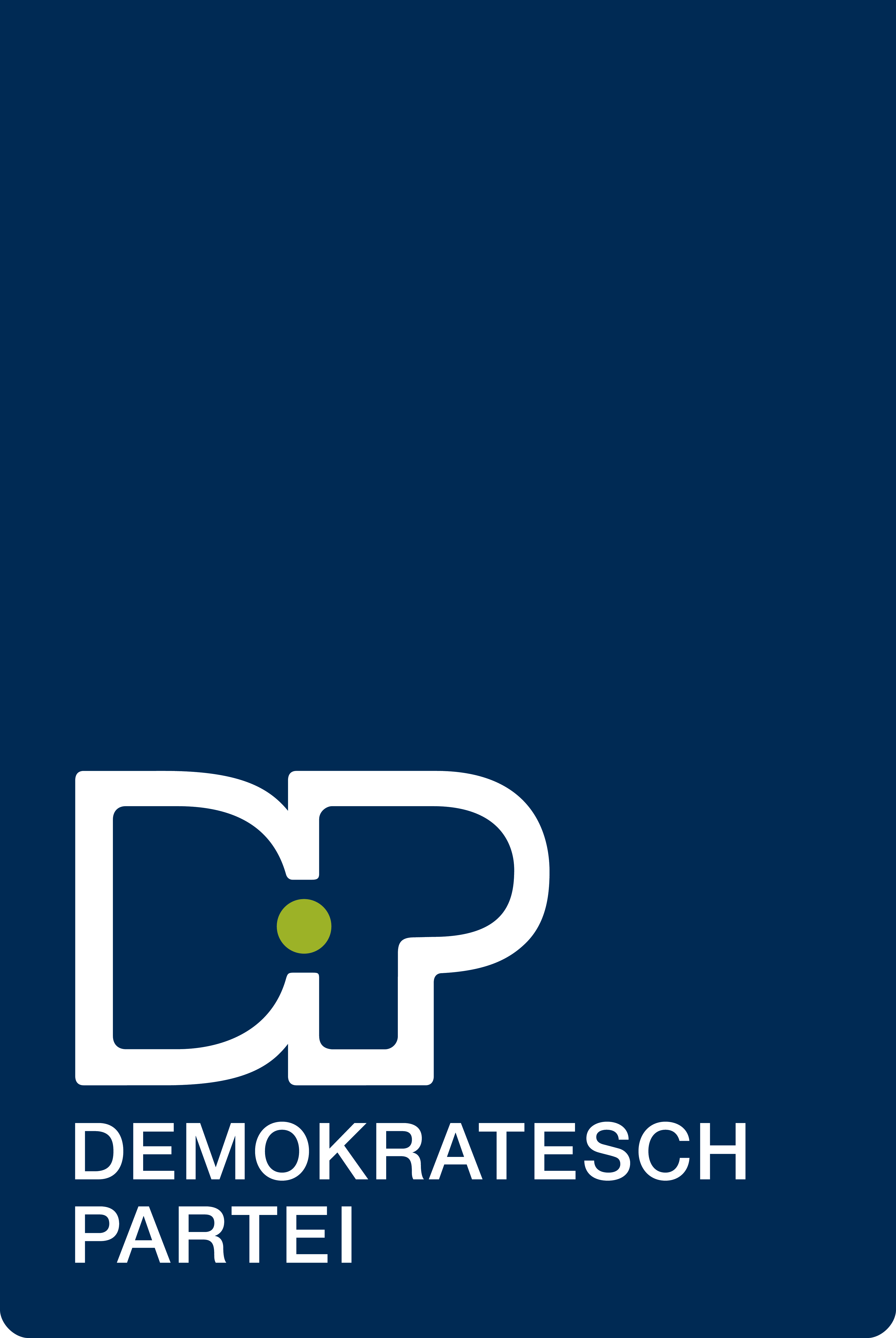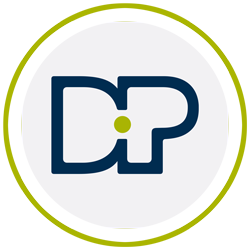« La crise du Covid-19 ayant fait chuter l’afflux migratoire en Europe durant un certain temps, il est très probable que le nombre de réfugiés reverra un développement vers la hausse.
Selon des reportages récents (DW, Tagesschau), l’Union Européenne se serait doté de moyens digitaux pour mieux assurer la protection de ses frontières. Ainsi, en Grèce, la police à la frontière gréco-turque déploierait des canons sonores afin de repousser les vagues de migrants et réfugiés irréguliers qui tentent de franchir la frontière. D’autres moyens technologiques prévus seraient des caméras et des drones pour observer la frontière et l’exploitation d’intelligence artificielle pour procéder à des interrogatoires. Selon DW, l’Union européenne aurait planifié d’investir un montant important entre 2021 et 2027 dans ces infrastructures que certaines publications de presse qualifient de « forteresse digitale ».
D’après les informations, les canons sonores, nommés ‘LRAD – Long range accoustic device’ concentrent des faisceaux à haut décibel, pouvant atteindre jusqu’à 162db en volume. Étant donné que la santé d’une personne peut souffrir des troubles auditifs dès 85db voire moins, le volume maximal des canons sonores pourrait, selon les rapports afférents, créer des bruits douloureux, désorienter les personnes et causer une multitude de sévères problèmes de santé et lésions corporelles aux victimes.
Dans ce contexte, j’aimerais poser les questions suivantes à Monsieur le Ministre des Affaires étrangères et européennes :
- Est-il vrai que de tels canons sonores sont utilisés à la frontière gréco-turque ?
- Dans l’affirmative, comment ces moyens ont-ils été financés ?
- Encore dans l’affirmative, qui contrôle l’exploitation de ces moyens ?
- Quels investissements sont prévus au niveau de l’Union européenne afin de surveiller les mouvements migratoires jusqu’à 2030 ?
- Monsieur le Ministre est-il favorable à un financement de telles mesures répressives ?
- Considérant les conséquences que peuvent avoir les canons sonores sur la santé des victimes – qui en assume la responsabilité ? »
Answer
The operation and control of the sound cannons as well as the responsibility lie with the Greek authorities. In the context of the EU’s 2021-2027 multiannual framework, spending on border management will total EUR 12.7 billion. Of this amount, 7.2 billion euros will be allocated to decentralized agencies, including the European Border and Coast Guard Agency (Frontex). The minister is clearly opposed to the use of means that could call into question the principle of non-refoulement as well as the right to seek international protection within the European Union.






